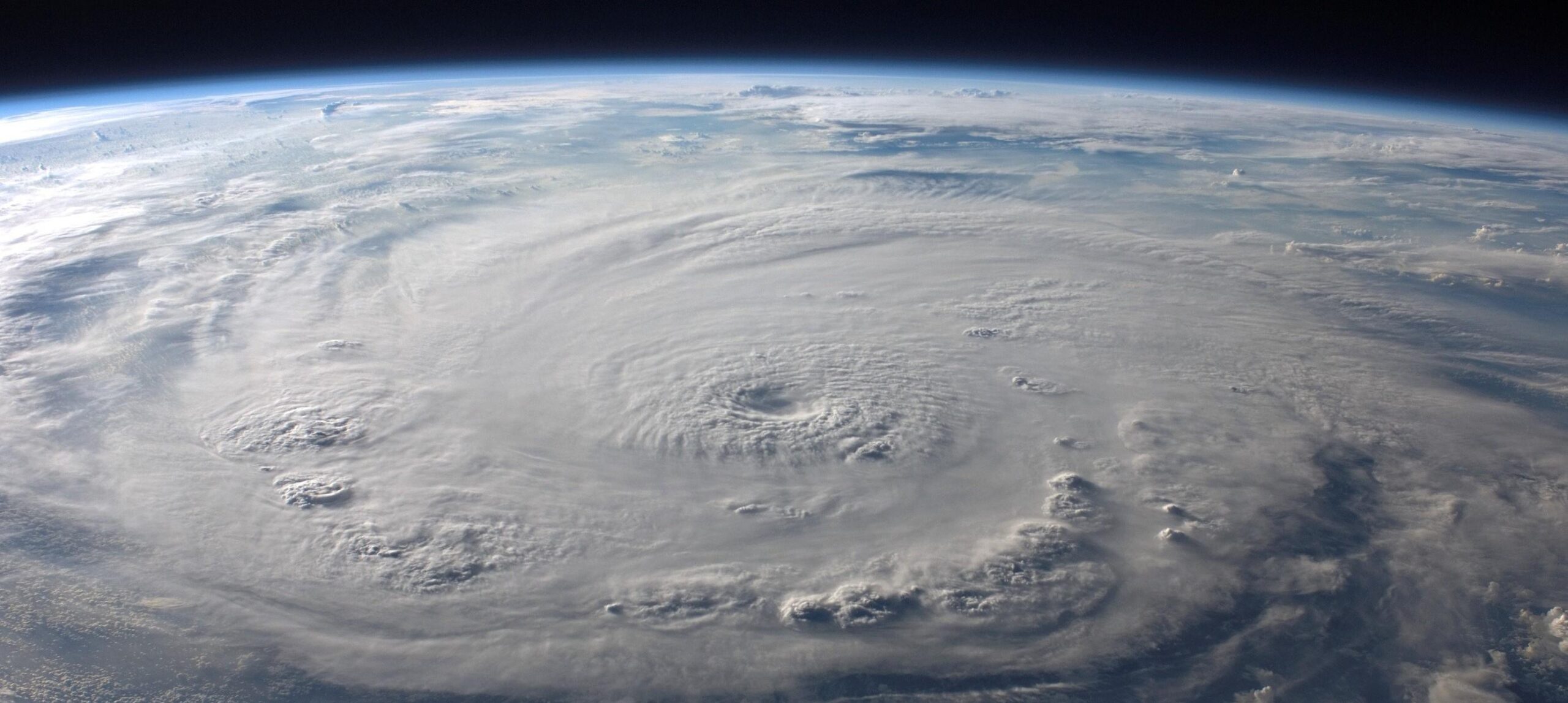June 05, 2018
by Christopher B. Murray, CIH, CSP | Industrial Hygiene

The start of the annual wait and watch. The Atlantic Hurricane Season began on June 1st and runs thru the end of November 30. If you haven’t experienced a hurricane, which is a type of tropical cyclone, you may not be able to appreciate its incredible power for destruction. If you have experienced one, you know that you must be prepared for anything.
OSHA’s Emergency Action Plan (EAP) standard 29 CFR 1910.38 requires every business with greater than 10 employees to create a written EAP. Even if your business has less than 10 employees and you are not required to have a written plan, employers are still required by OSHA to communicate an EAP to their staff.
It is important to have, distribute and practice a thorough emergency evacuation plan to ensure that workers can get to safety in case a hurricane is projected to impact their work areas.
Your evacuation plan should include the following elements:
- Procedures for emergency evacuation, including type of evacuation and exit route assignments (29 CFR 1910.38(c)(2))
- Procedures to be followed by employees who remain to operate critical operations before they evacuate (29 CFR 1910.38(c)(3))
- Procedures to account for all employees after evacuation (29 CFR 1910.38(c)(4))
- Procedures to be followed by employees performing rescue or medical duties (29 CFR 1910.38(c)(5))
- Means of reporting fires or other emergencies (29 CFR 1910.38(c)(1))
- The name or job title of every employee who may be contacted by employees who need more information about the plan or an explanation of their duties under the plan.(29 CFR 1910.38(c)(6))
Everyone should be familiar with the warning terms used for hurricanes as well as any local response plans, signals or safe areas that may be available. Hurricane or tropical storm “watches” mean that a hurricane or tropical storm is possible in the specified area. While hurricane or tropical storm “warnings” mean that a hurricane of tropical storm is expected to reach the area, typically within 24 hours.
Be prepared, take the time now to ensure that all of your workers know what to do in case of an emergency.
The Saffir-Simpson Hurricane Wind Scale is a 1 to 5 rating scale based on a hurricane’s sustained wind speed. The scale below from the National Hurricane Center of the National Oceanic and Atmospheric Administration (NOAA) estimates potential property damage. The table below provides some indication of expected or likely damage based on the category of the hurricane or tropical storm.
| Category | Sustained Winds | Types of Damage Due to Hurricane Winds |
| 1 | · 74-95 mph · 64-82 kt · 119-153 km/h |
Very dangerous winds will produce some damage: Well-constructed frame homes could have damage to roof, shingles, vinyl siding and gutters. Large branches of trees will snap and shallowly rooted trees may be toppled. Extensive damage to power lines and poles likely will result in power outages that could last a few to several days. |
| 2 | · 96-110 mph · 83-95 kt · 154-177 km/h |
Extremely dangerous winds will cause extensive damage: Well-constructed frame homes could sustain major roof and siding damage. Many shallowly rooted trees will be snapped or uprooted and block numerous roads. Near-total power loss is expected with outages that could last from several days to weeks. |
| 3 (major) | · 111-129 mph · 96-112 kt · 178-208 km/h |
Devastating damage will occur: Well-built framed homes may incur major damage or removal of roof decking and gable ends. Many trees will be snapped or uprooted, blocking numerous roads. Electricity and water will be unavailable for several days to weeks after the storm passes. |
| 4 (major) | · 130-156 mph · 113-136 kt · 209-251 km/h |
Catastrophic damage will occur: Well-built framed homes can sustain severe damage with loss of most of the roof structure and/or some exterior walls. Most trees will be snapped or uprooted and power poles downed. Fallen trees and power poles will isolate residential areas. Power outages will last weeks to possibly months. Most of the area will be uninhabitable for weeks or months. |
| 5 (major) | · 157 mph (+) · 137 kt (+) · 252 km/h (+) |
Catastrophic damage will occur: A high percentage of framed homes will be destroyed, with total roof failure and wall collapse. Fallen trees and power poles will isolate residential areas. Power outages will last for weeks to possibly months. Most of the area will be uninhabitable for weeks or months. |
Be prepared! Take the time now to ensure that all of your workers know what to do in case of an emergency. Although we can watch these powerful storms form and follow their paths as they make their way inland, many people are still caught off guard and risk personal and property damage by not planning ahead. Although hurricanes can strike anytime during the season, September has historically had the highest number of storms. But don’t delay your preparations – it may be too late!
Please contact Chris Murray, CIH, CSP at S&ME if you need assistance in developing an EAP or other written safety programs as well as planning ahead for flood response including moisture assessment, indoor air quality evaluations or mold remediation.

